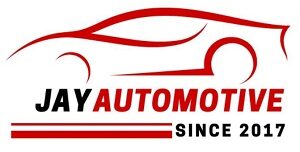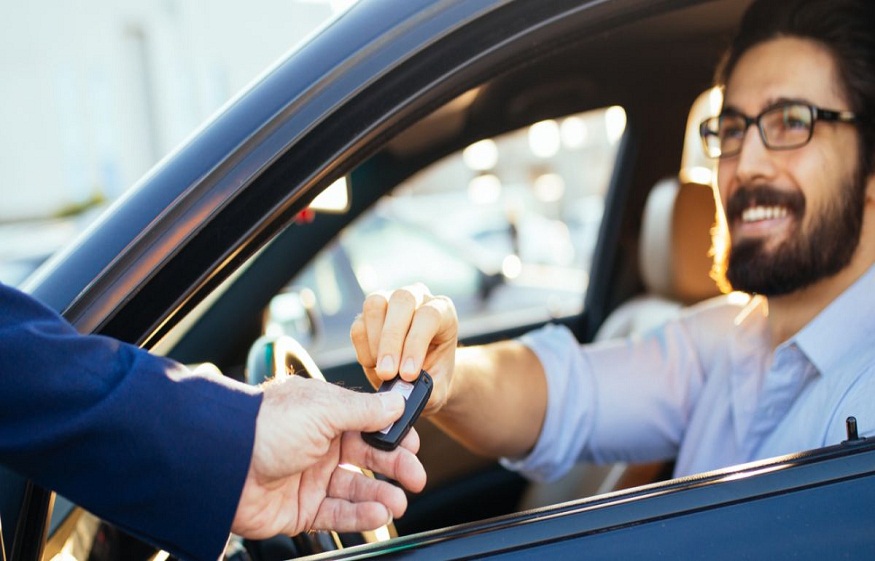Every year, more than five million used cars are sold, three times more than new vehicles. Here are five tips to avoid unpleasant surprises and buy with complete peace of mind.
Used vehicle and conversion bonus
Please note that the conversion bonus is not reserved for new vehicles: you can also benefit from it when purchasing a used vehicle !
Find out the conditions for benefiting from the conversion bonus
1. At the point of sale, check that all the mandatory information is provided to you
If you buy from a professional
When you buy or plan to buy a used vehicle from a professional (garage or dealership), the vehicles for sale must have labeling affixed to the vehicle with the following mandatory information:
the make , type of vehicle , model , version , if applicable, the model variant , month and year of first registration
the mileage traveled since registration
the sales price including all taxes which will actually be paid by the consumer, excluding the cost of the certificate and registration fees.
These details must be identical to those appearing on the commercial documents (purchase order, delivery note, invoice) provided during the sale.
If you are buying from an individual
When you buy from an individual, the latter must affix a sign on the vehicle for sale with the same information as from a professional.
At a minimum , even in the absence of a poster, this information must be included in the written document given by the seller to the buyer at the time of the sale .
What if you buy online?
If you buy a vehicle online from a seller, the rules of distance selling must be respected. In particular, the seller must inform you of the amount of the delivery costs, if he offers this service, and of the 14-day withdrawal period from the delivery of the vehicle.
Learn more about remote purchasing
2. Carefully review the documents provided by the seller
If you buy from a professional
the purchase order , delivery note or invoice including the sales name, the month and year of first entry into service , the total mileage covered or not guaranteed , the mention of the price including all taxes, the delivery deadline and the financing method
the technical inspection report dated less than six months for any vehicle over four years old
the registration certificate (example: grey card) crossed out with the words “transferred or sold on…”, followed by the seller’s signature
the certificate of non-opposition to the transfer of the registration certificate, which ensures payment by the former owner of his fines
a certificate of pledge or non-pledge dated less than one month.
If you are buying from an individual
In case of purchase from an individual, the following documents must be given to the buyer:
a certificate of declaration of transfer in three copies, with registration in particular of the mileage, the date of the first entry into circulation of the year
the logbook and maintenance invoices
the registration certificate (example: vehicle registration document) crossed out with the words “sold on…”, followed by the seller’s signature. If it is a new model registration certificate, the detachable coupon must be completed with the new owner’s contact details and signed by the seller. It allows you to drive for one month until you receive the new registration certificate
an administrative situation certificate (CSA) dated less than 15 days ago. This document certifies that the vehicle is not subject to a pledge or opposition and that it can be sold and registered in the name of its new owner. It is available on the Internet
the technical inspection report for vehicles over four years old.
Registering your used vehicle
The buyer has one month to register the vehicle in his name. Within 15 days of the transfer, the seller must make the transfer declaration . The buyer states that he is in possession of the transfer code (sent by the seller) to register his vehicle.
Registering your used vehicle
3. Before any purchase, carefully examine the vehicle
This is an essential step before purchasing a used vehicle. The following list is not exhaustive, but it can give you an idea of the main elements to check:
First, take a general tour of the car , examining the bodywork, the condition of the engine and the different levels by opening the hood, the interior of the car, the tires.
Then test all the parts of the car : seat belts, pedals, heating, air conditioning, windshield wipers, indicators, seats, windows, etc.
Also check that the chassis number engraved on the bodywork corresponds to the one indicated on the registration certificate, and that it has not been filed down.
Check the maintenance log and invoices for work carried out (which you should request from the seller)
Note the mileage on the odometer to compare it to the documents provided.

